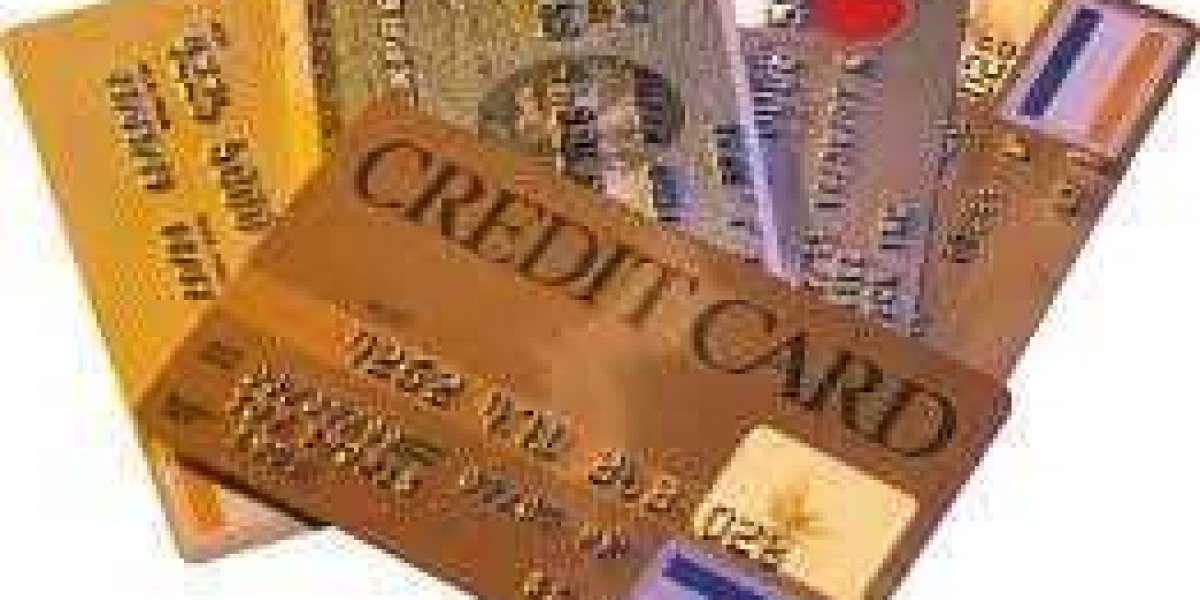Part of a well-working website is that it's persuasive. You're essentially luring more customers to your phone and getting them to purchase products or services. If your website isn't doing this for you now, it's time to reevaluate and make changes. A persuasive website can deliver amazing results month after month without you really needing to do anything. Once you focus on SEO and those optimization features, you can then start with the design elements on your website that truly engage your users. Let's take a look at some of those design elements now.
Visual Hierarchy
A visual hierarchy simply means that the most important titles are seen first. They are generally larger fonts and bold. Many classify this as an H1 title tag. But, the visual hierarchy means that you don't bombard your viewers with H1 tags. You focus on information from most important to least important and scale it back. This is more visually appealing overall as well.
Alluring Appeal-Visually
Speaking of visually appealing, you should put some focus on what your website looks like. Does it have conflicting colors, is it easy to read, are images proportionate? There are tons of factors to determining whether or not a website is visually appealing or not. But, if you like your website or you don't like your website, this could be a good indicator as to whether or not you should make some changes.
Clear Direction
When a visitor lands on your website do they have a clear direction? Are you giving them all the information that they need to make an informed decision on products or services? Sometimes having clear direction is one of the best things you can do for your users. This can also include clear navigation. In your navigation bar, are pages clearly labeled, and no links are broken? These are minor things to do but make a big impact overall on the UX.
Don’t Over Do It With CTA
There is a sort of unspoken rule when it comes to using a call to action. That is that you should only have one per page. STOP bombarding people with multiple options for sending you their email or contacting you for a quote. There is a better way. Instead, focus on the one really nice call to action that is highly visible and delivers results. One CTA, according to a conversion rate optimisation consultant, will improve the likelihood of a user clicking the link. Overwhelming the user can actually cause them to bounce off your page.






